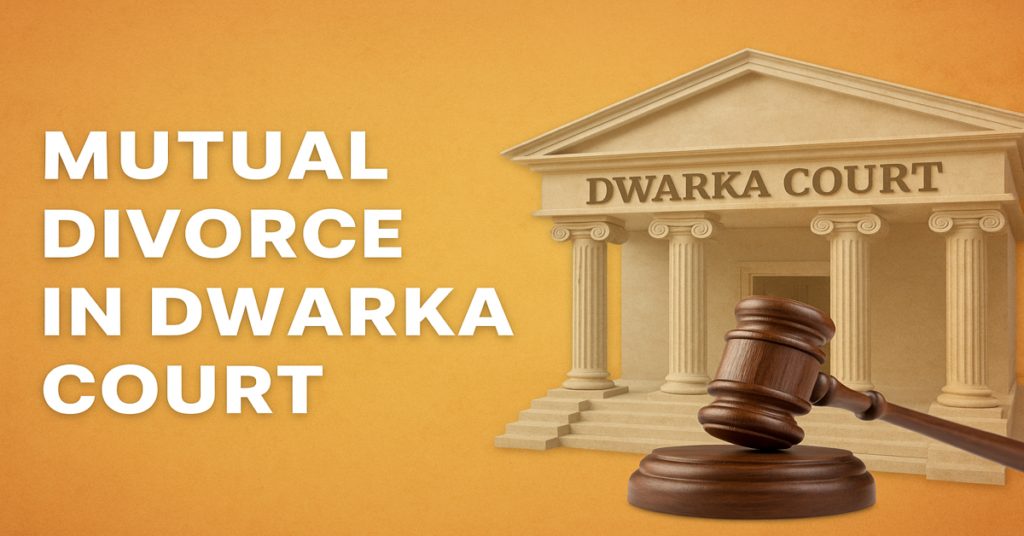Mutual divorce is an increasingly common way for couples to end their marriages amicably and without the acrimony often associated with traditional divorce proceedings. In this article, we’ll delve into the basics of mutual divorce, providing you with essential insights to navigate this process smoothly.
What is Mutual Divorce?
Mutual divorce, as the name suggests, is a type of divorce where both spouses mutually agree to end their marriage. Unlike a contested divorce, where couples battle over issues like alimony, child custody, and property division, mutual divorce involves cooperation and consensus between the partners.
Key Aspects of Mutual Divorce
Mutual Consent: The cornerstone of a mutual divorce is the mutual consent of both spouses to end the marriage. This signifies that both parties are in agreement that the marriage has irretrievably broken down, and there is no possibility of reconciliation.
Conditions for Mutual Divorce: In India, the condition for mutual divorce is that the husband and wife have lived separately for one year or more, unable to reconcile, and mutually agreed to dissolve the marriage.
Simplified Legal Process: One of the advantages of mutual divorce is that it often simplifies the legal process. Since both parties are in agreement, there is usually no need for protracted legal battles. This can result in a quicker and less costly divorce.
Settlement Agreement: In a mutual divorce, couples typically draft a settlement agreement that outlines how they will divide their assets, share custody of children, and handle other important matters. This agreement is presented to the court for approval.

Mutual Divorce Procedure
The exact procedure for mutual divorce varies by jurisdiction, but it generally involves the following steps:
Fill Mutual Divorce Application Form: If a husband and wife have made the final decision to end their marriage, either of them can apply for mutual divorce by filing the Mutual Divorce Application Form.
Drafting the Petition: A joint divorce petition is prepared, stating the grounds for divorce and the terms of the settlement agreement.
Filing the Petition: The petition is filed in the appropriate court, along with the settlement agreement.
Court Appearance: In some cases, both spouses may need to appear in court to affirm their consent to the divorce and the terms of the settlement.
Issuance of Divorce Decree: Once the court is satisfied with the agreement and both parties’ consent, a divorce decree is issued.
To understand the detailed step-by-step process of mutual divorce followed in Delhi, Noida, Mumbai, Gurugram, and Bengaluru, refer to the Mutual Divorce Stepwise Process.
Advantages of Mutual Divorce
Less Stress: Mutual divorce tends to be less emotionally taxing than contested divorces, as it avoids confrontational courtroom battles.
Cost-Effective: It often involves fewer legal fees and costs compared to contested divorces.
Faster Resolution: Mutual divorce can be quicker since both parties are on the same page.
Co-Parenting Cooperation: It encourages a more cooperative co-parenting relationship if children are involved.
Conclusion
Mutual divorce offers a civilized and less adversarial way to end a marriage. By understanding its basics and following the necessary legal procedures, couples can achieve a divorce that is respectful, cost-effective, and conducive to a more peaceful future.



